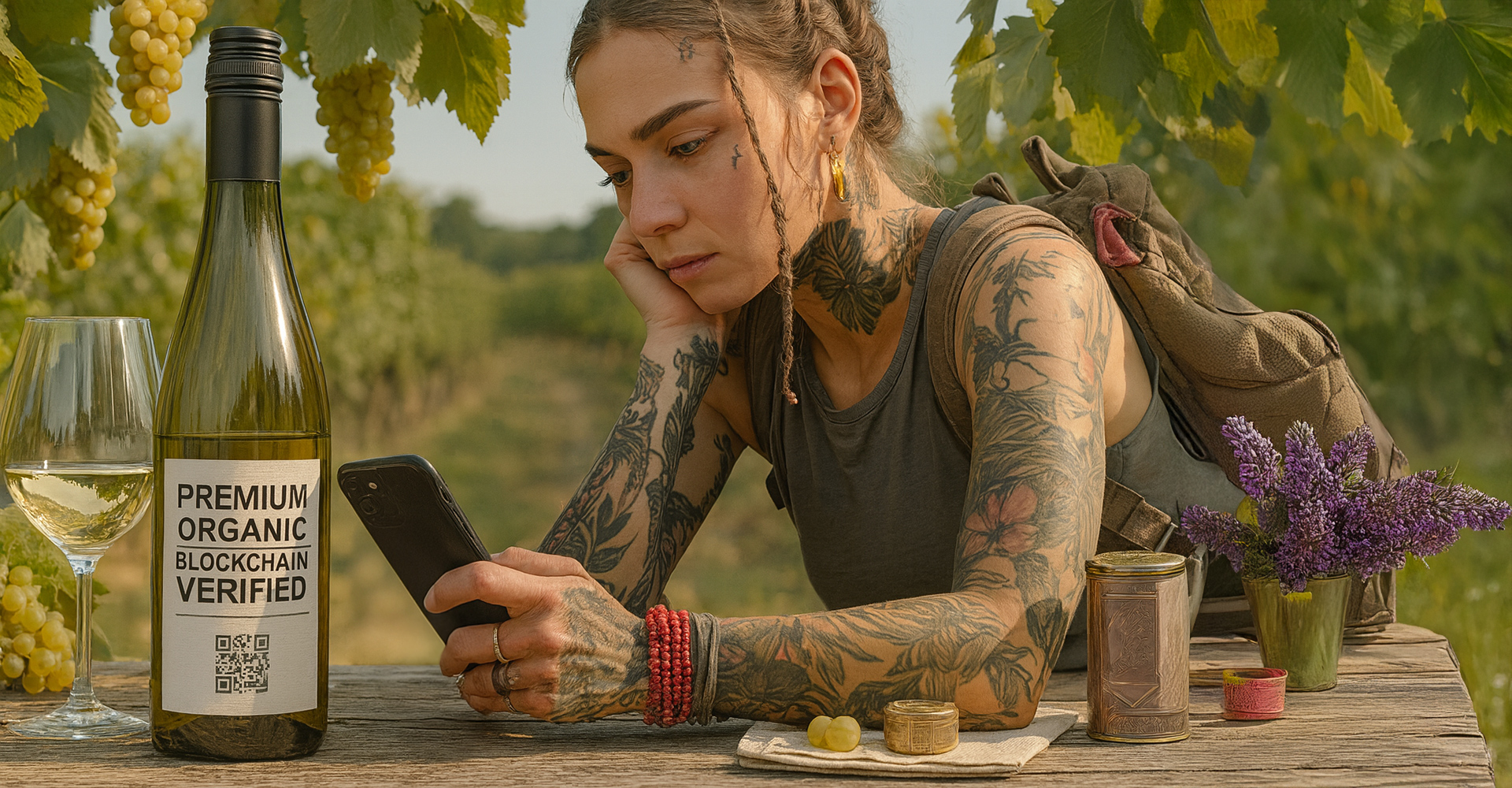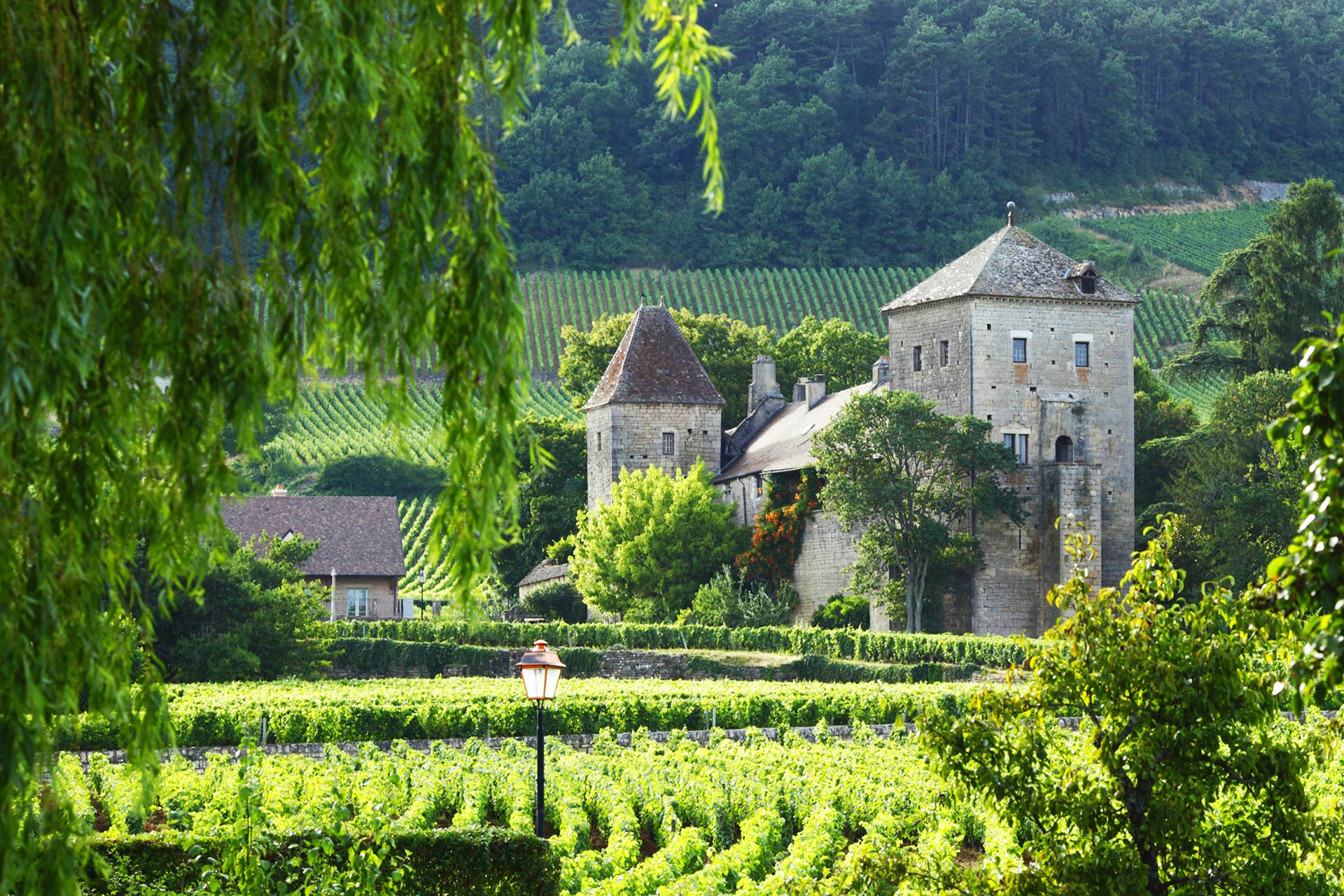Welcome to 2026. The wine industry isn’t swirling in circles anymore—it’s at a bold, messy, transformative crossroads. And while some say wine is ageing like a fine… well, you know, others argue it’s struggling to keep its cork in place. The truth? Both are right.
Global wine consumption may be down, but don’t uncork the doom-and-gloom just yet. Value is climbing faster than a sommelier at a Burgundy tasting contest. And the future? It belongs to those who understand it’s no longer about volume—it’s about value, vibe, and vision.
Declining Glasses, Rising Margins
Let’s address the hangover in the room: people are drinking less. The moderation movement isn’t a phase—it’s a full-blown lifestyle, and the Baby Boomers who practically funded Bordeaux’s GDP are quietly bowing out. In their place? Millennials and Gen Z, sipping (selectively) on sparkling rosé and questioning if the grapes are organic, biodynamic, and hugged by sustainable farmers named Luca.
Yet, here’s the plot twist: while fewer litres are being poured, more pounds are being spent per bottle. Premiumisation is in. Mass-market plonk is out. Gen Z won’t buy into your wine unless your label has a compelling story, your bottle has eco-cred, and your Instagram feed slaps.
NoLo Is a Big Yes
Raise your glass (or don’t) to No- and Low-Alcohol wines, because this segment is bubbling up with an outrageous 23.5% projected CAGR. These aren’t your grandmother’s grape juices. They’re smart, sophisticated, and satisfy the wellness warriors who want to clink glasses without the consequences. For wineries? It’s time to innovate or be irrelevant.
The Rise of Digital Terroir
In 2026, if your winery doesn’t have a strong Direct-to-Consumer (DTC) model, an AI-powered CRM, and a TikTok-savvy intern named Chloe, you’re already behind. Consumers expect hyper-personalised experiences. The wine club of today is more than just a 12-pack drop—it’s an immersive brand ecosystem.
Forget chasing shelf space. Build your own virtual tasting room, learn your audience’s birthday and preferred Pinot, and meet them where they scroll. Also, mobile-first? Try mobile-only.
Sustainability: No Longer a Gimmick
Sustainability used to be a nice-to-have. Now, it’s make-or-break. Younger drinkers view eco-ethics as integral to quality. From lighter glass and canned formats to blockchain-certified origins, transparency isn’t just trendy—it’s expected.
Yes, blockchain. Because nothing says “I care” quite like a QR code that tracks your wine back to a sun-drenched vineyard in Provence where bees roam free and the workers earn a living wage.
So, What Now?
The wine market is splitting in two: downmarket volume vs. premium value. Only one of those is growing. So if you’re still chasing supermarket space with bottom-shelf Bordeaux, it might be time for a rethink.
Here’s what to do instead:
- Premium up your portfolio. Quality, limited editions, and story-led wines win hearts.
- Embrace NoLo. Not just as a product line, but as a brand ethos.
- Digitise everything. Website, CRM, marketing, TikTok—go deep or go home. (Emotio can help!)
- Get real about sustainability. From cork to capsule.
- And most importantly: market like a media brand. Entertain. Educate. Engage. Repeat.
Wine in 2026 is no longer just a drink. It’s an identity. A story. A choice made with intention. The brands that thrive won’t be the biggest, oldest, or even the most awarded.
They’ll be the most relevant.



